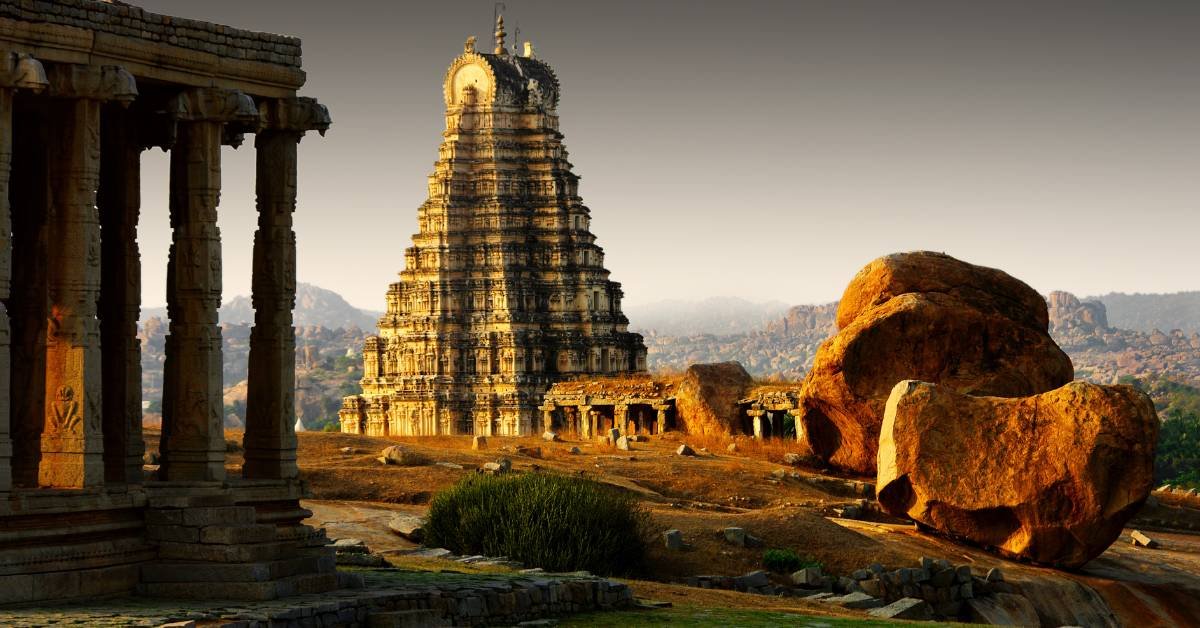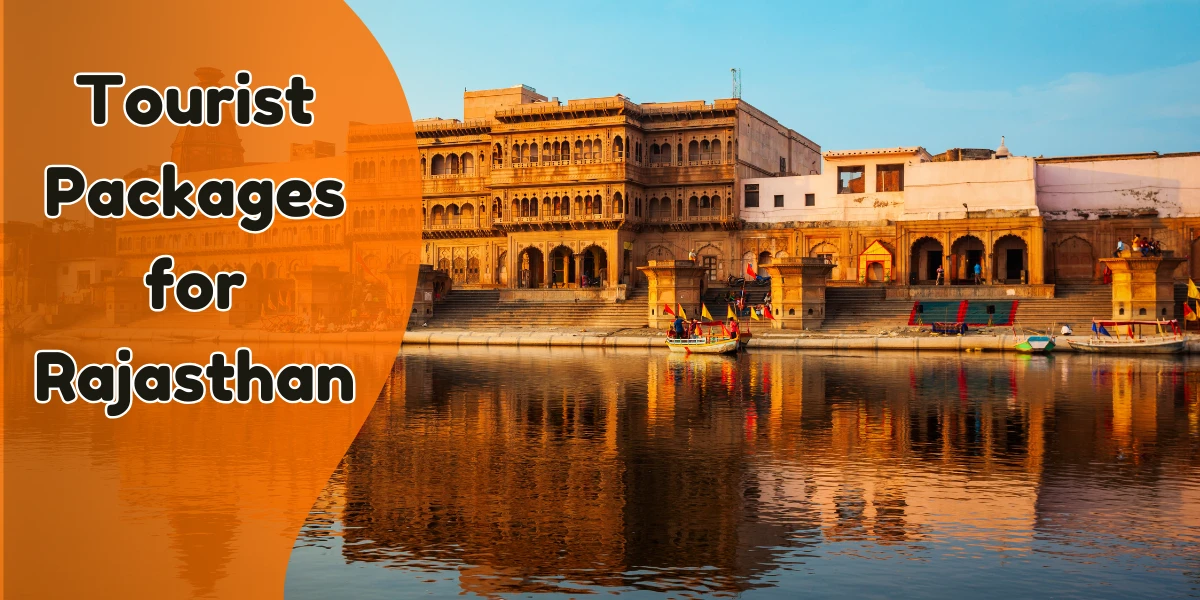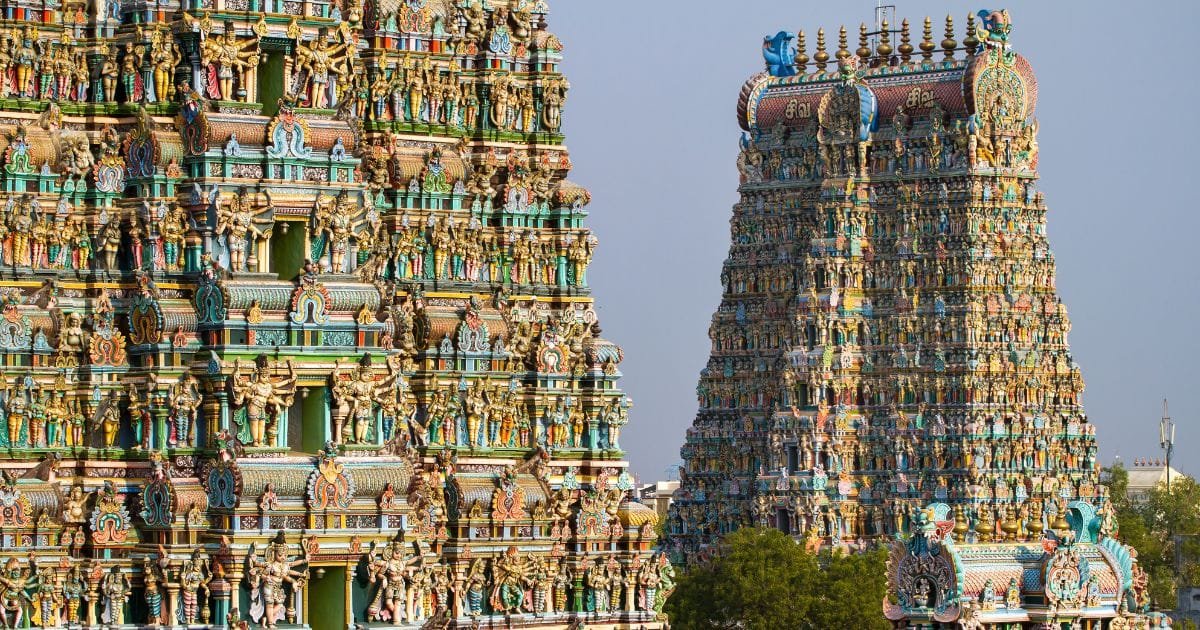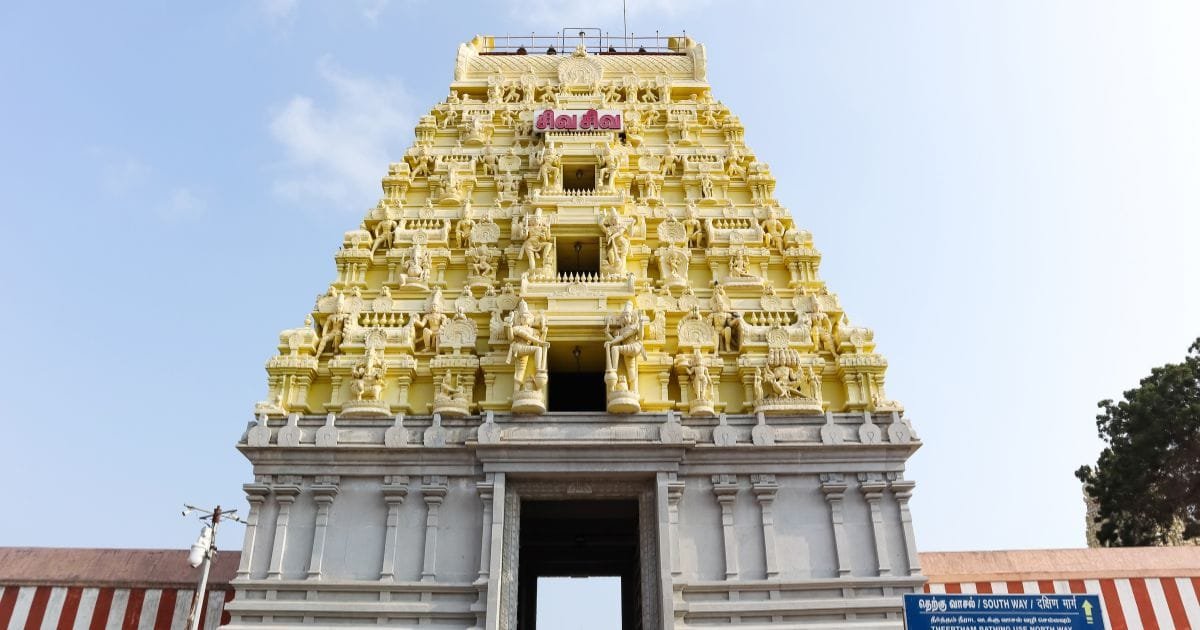Imagine standing in a place where the very air seems to hum with stories of faith, courage, and the eternal love between a god and his devotees. Welcome to Ram Janmabhoomi, Ayodhya, the hallowed land where Lord Ram, the embodiment of righteousness, was born – a destination that's not just a tourist spot, but a pilgrimage for the soul.
As you walk through the streets of this ancient city, you'll feel the weight of history beneath your feet, the whispers of the past echoing in every temple bell. At the sacred Ram Janambhoomi, the very ground will feel alive, as if you're connecting directly with the divine. Close your eyes, and you can almost hear the patter of little feet, the laughter of the young prince who would one day become a legendary king.
For devotees, Ayodhya is more than just a place – it's a testament to the power of unwavering faith. The resilience of those who have fought to preserve this sacred site is truly humbling. Every stone, every shrine, speaks of a love that transcends time and space, a bond between the divine and the mortal that has inspired generations.
Whether you come as a pilgrim or a curious traveler, Ayodhya has a way of leaving an indelible mark on your heart. This is where history, mythology, and spirituality converge, creating a tapestry of experiences that will forever change the way you see the world. Are you ready to step into the timeless realm of Lord Ram?
The Spiritual Significance of Ram Janmabhoomi
- Lord Ram’s Birthplace: Ram Janmabhoomi, meaning "Birthplace of Ram," is believed to be the exact location where Lord Ram was born, as mentioned in the ancient Indian epic, the Ramayana.
- Sacred Pilgrimage: For centuries, Ayodhya has been a prominent pilgrimage site for Hindus from all over the world. Who visit to seek blessings and experience its divine atmosphere.
- Symbol of Faith: Beyond religion, Ram Janambhoomi symbolizes unwavering faith and resilience. Inspiring millions to embrace love, duty, and righteousness as exemplified by Lord Ram.
A visit to Ram Janambhoomi is more than a spiritual journey. It’s an emotional connection to one of the most revered figures in Indian culture and spirituality.
Ayodhya: A City of Timeless History
- Historical Importance: Ayodhya’s roots trace back to ancient times. Mentioned in scriptures and historical texts, making it a treasure trove of Indian heritage.
- Ancient Monuments: The city is dotted with historical temples, ghats, and sacred spots. That narrate tales of Lord Ram and his legacy.
- Spiritual Sites: Apart from Ram Janambhoomi, sites like Hanuman Garhi, Kanak Bhawan, and Nageshwarnath Temple contribute to Ayodhya's revered status.
Ayodhya’s timeless history invites visitors to experience a blend of spirituality, history, and culture. Making it a fascinating journey into the past.
The Grand Ram Mandir: A Modern-Day Marvel
- A Testament to Devotion: The Ram Mandir, being constructed on Ram Janambhoomi. Stands as a symbol of collective faith and dedication, bringing people together in celebration of Lord Ram’s legacy.
- Architectural Brilliance: The temple design reflects ancient Indian architecture with intricate carvings, designed to inspire awe and reverence.
- A Monument for Generations: Once completed, the Ram Mandir will not only serve as a place of worship. But as an enduring cultural and spiritual landmark for future generations.
The Ram Mandir at Ayodhya is a testament to the profound devotion to Lord Ram. And is sure to be a marvel of Indian architectural and spiritual heritage.
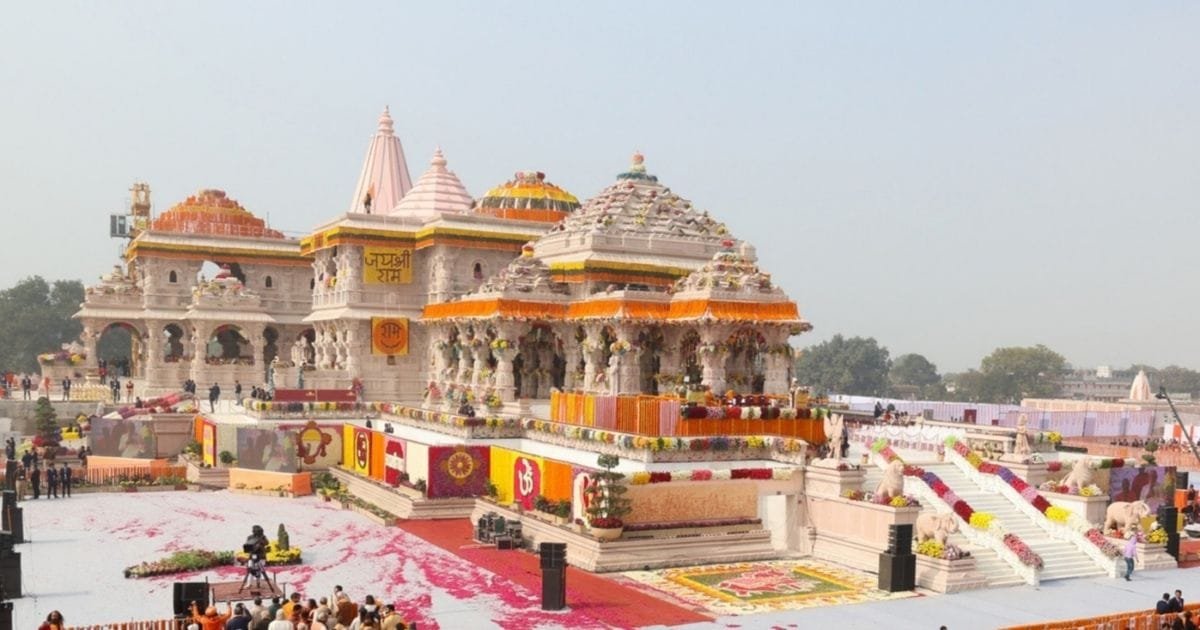
Key Places to Visit in Ayodhya
- Hanuman Garhi: Dedicated to Lord Hanuman, this temple offers breathtaking views and is a must-visit for devotees.
- Kanak Bhawan: Known as the “House of Gold,” this temple is believed to have been gifted to Sita by Lord Ram's stepmother Kaikeyi.
- Nageshwarnath Temple: Established by Kush, the son of Lord Ram, this temple holds immense historical significance.
Each of these places in Ayodhya adds a unique layer to the pilgrimage experience. Creating a journey filled with devotion, stories, and tradition.
The Best Time to Visit Ram Janambhoomi, Ayodhya
- Festive Season: During festivals like Ram Navami and Diwali. Ayodhya has adorned with lights and decorations, making it the ideal time for a pilgrimage.
- Winter Months: October to March offers pleasant weather, making it comfortable for sightseeing and outdoor activities.
- Special Events: Ayodhya’s Deepotsav is an annual event that illuminates the entire city, drawing visitors from around the globe.
Choosing the right time to visit Ayodhya enhances the experience. Allowing visitors to witness the city in its most vibrant form.
Conclusion: Ayodhya – A Spiritual Legacy Reimagined
Ram Janambhoomi in Ayodhya is more than just a sacred site. It’s an enduring symbol of love, devotion, and India’s rich spiritual legacy. Visiting this revered place is a deeply personal journey that resonates with the values of Lord Ram. For devotees and travelers alike, Ayodhya offers a rare chance to connect with India’s spiritual heart. And witness a legacy that continues to inspire generations.
Book your tour packages with us for a seamless experience and make memories for lifetime.






